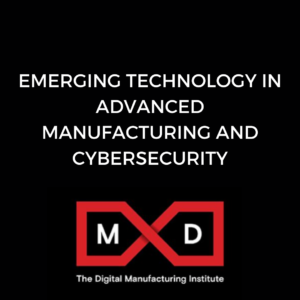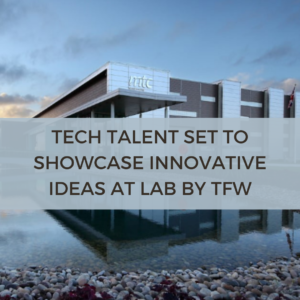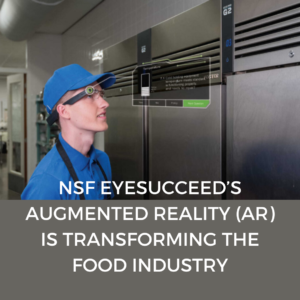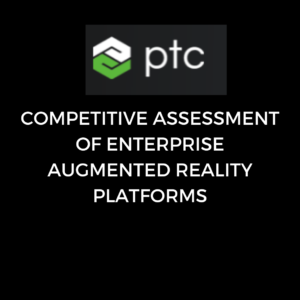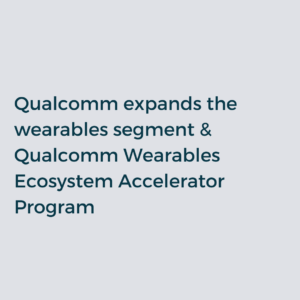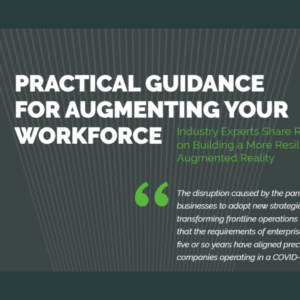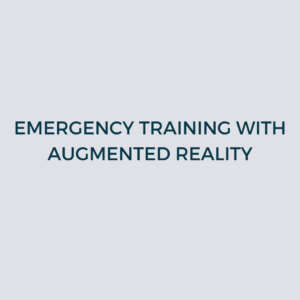Qualcomm Technologies, Inc. today outlined its overarching vision of the wearables space while highlighting several significant Snapdragon Wear™ Platform milestones. In a press event, Qualcomm Technologies discussed its growing platform investments and announced the new Qualcomm® Wearables Ecosystem Accelerator Program. The company also announced that more than 60 wearable industry leaders such as Arm, BBK, Fossil, Oppo, Verizon, Vodafone, and Zebra will participate in the program.
Rapid Wearables Growth as Industry Segments
The Wearables segment has been growing and segmenting at a rapid pace with products targeted for kids, teens, adults, and seniors across consumer and enterprise use cases.
“The wearables market grew 21% year-over-year and shows no signs of slowing down,” said Jitesh Ubrani, Research Manager, WW Mobile Device Trackers, IDC. “Innovative form factors continue to emerge as consumers demand new use cases in wearable devices. The smartwatch segment is going well beyond health and fitness tracking, expanding across consumer and enterprise segments, and further fueling growth of the category.”
Qualcomm Technologies’ Increasing Snapdragon Wear Investments
“Our Snapdragon Wear platforms are driving the industry, powering smartwatches for kids, seniors, and adults and smart trackers for pets and accessories,” said Pankaj Kedia, senior director & global head, smart wearables, Qualcomm Technologies, Inc. “We are significantly growing our investments in leading edge ground-up silicon, platforms, and technologies and plan to roll out new Snapdragon Wear platforms across segments over the next year to meet our long-term vision.”
Qualcomm Technologies is continuing to invest in new Snapdragon Wear platforms to meet the diverse needs of customers across a multitude of OSs with its unique hybrid architectural approach, range of software releases, and reference designs. “We envision a hyper segmented world of wearables,” Kedia continued, “we believe Qualcomm Technologies has an important role to play to accelerate this reality by bringing together our platforms and investments to the ecosystem.”
Over the last five years, the company has shipped 40+ million units across 100+ countries, collaborated with 75+ device manufacturers and 25+ service providers while shipping 250+ wearables products – that is one new product, on average, per week.
Announcing the Qualcomm Wearables Ecosystem Accelerator Program
The wearables segment holds considerable promise but also presents daunting challenges to be addressed in the industry. To facilitate collaboration amongst companies and accelerate solutions to these challenges, Qualcomm Technologies launched the Qualcomm Wearables Ecosystem Accelerator Program which is comprised of device manufacturers (ODMs), service providers, platform players, independent hardware and software vendors (IHVs and ISVs), and system integrators and will work together with OEMs to more easily develop and commercialize products and solutions.
The program brings together industry leaders to discuss industry trends, share new technology and product direction, hold training sessions, demonstrate concepts, launch products, and facilitate matchmaking sessions amongst the ecosystem players. The collective goal of the members is to accelerate the wearables segment by delivering differentiated experiences at lower development cost and faster production time.
“Qualcomm Technologies is actively collaborating with its customers and partners with the aim of meeting the ever-changing needs of the consumers,” added Kedia. “We are delighted to announce the Qualcomm Wearables Ecosystem Accelerator Program today and have an ambitious set of activities planned. Our goal is to provide a vehicle in the industry where ecosystem members collaborate to deliver differentiated wearable experiences and inject new energy and innovation in this exciting space.”
“The wearables market continues to evolve across a range of form factors and use cases which require efficient performance for complex and immersive experiences,” said Ketan Shah, senior director of XR and wearables, Client Line of Business, Arm. “Arm is focused on providing the compute performance and security needed to enable next-generation wearable devices, and through the Qualcomm Wearables Ecosystem Accelerator Program, we will work closely with the wider ecosystem to drive collaboration and change across the industry.”
“At Fossil Group, we are always striving for new innovation and increased performance in our products. Thanks to our continued partnership with Qualcomm and the launch of our upcoming smartwatches later this year, Fossil believes it’s bringing the best possible Wear OS smartwatch to the market this year,” said Chris Hartley, Director of Category Strategy – Wearables, Fossil Group, Inc.
“Verizon has been committed to growing the wearables industry, introduced various wearable products to help customers stay connected” said Farhana Chaudhry, Director of Product Management and Development at Verizon. “We are excited to see the launch of the Qualcomm Wearables Ecosystem Accelerator Program, opportunity to collaborate with the broad ecosystem partners to continue to innovate and launch the diverse and innovative wearables products.”
“Vodafone is proud to participate in Qualcomm’s Wearables Ecosystem Accelerator programme, and its initiative to drive greater use and functionality of wearable consumer devices. Wearables are a part of the fabric of the next generation of telecommunications and will only be successful by combining the efforts of industry innovators in connectivity, semiconductors, hardware and user experience design. This combined effort will lead to innovations for consumers, such as Vodafone OneNumber, which enables wearable devices to connect without even needing a mobile phone,” said Phil Patel, Global Products & Services Director, Vodafone Group Services GmbH.
“Zebra Technologies has a long history of delivering innovative wearable solutions to meet the evolving needs of our Enterprise customers,” said Julie Johnson, vice president of product management, Zebra Technologies. “As we continue to work with our customers in established and emerging use cases, we look forward to working with Qualcomm Technologies.”
The Qualcomm Wearables Ecosystem Accelerator Program is part of the Qualcomm® Advantage Network and is open to companies developing solutions based on the Snapdragon Wear platforms. The inaugural Qualcomm Wearables Ecosystem Summit will be held in Fall 2021.
